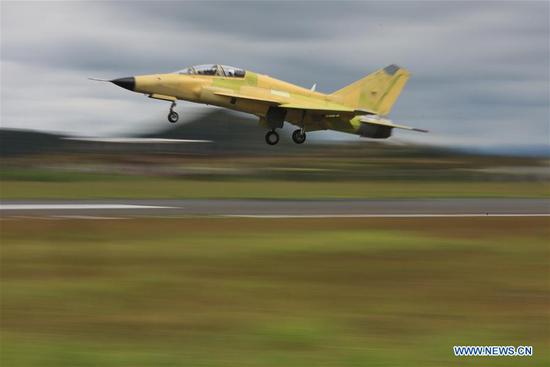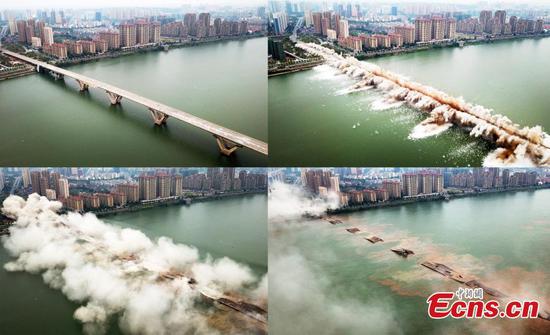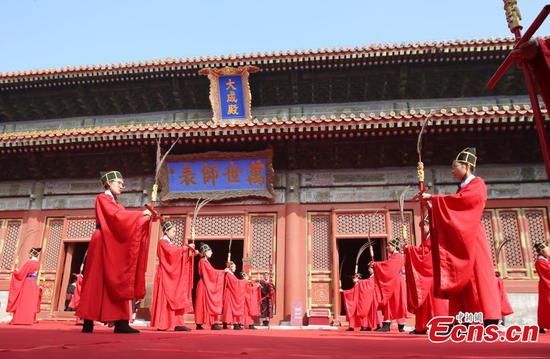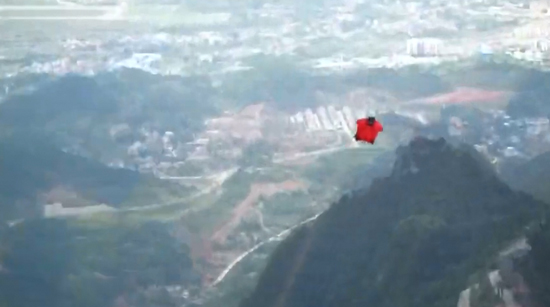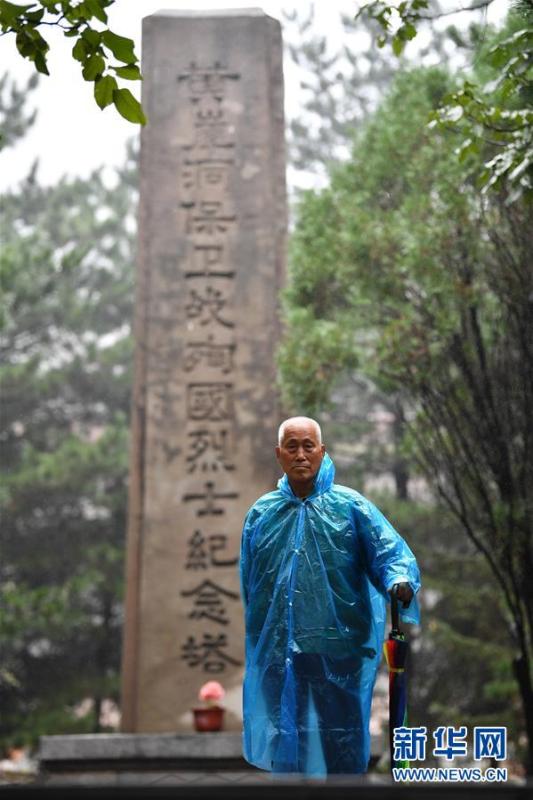
Zhao Naitang,73, works at the Huangyadong Martyrs Cemetery in Licheng County, North China’s Shanxi Province, Sept. 18, 2018. Huangyadong used to be an arsenal of the Eighth Route Army and a battlefield during the Chinese People's War of Resistance against Japanese Aggression. Zhao has been the custodian at the cemetery, where 44 martyrs were buried, since 1991. (Photo/Xinhua)
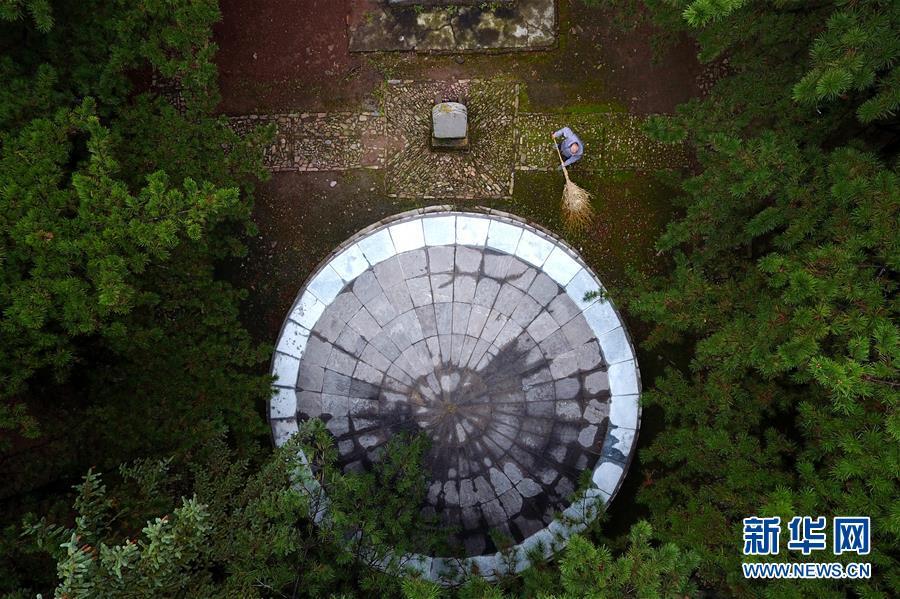
A drone photo shows Zhao Naitang, 73, working at the Huangyadong Martyrs Cemetery in Licheng County, North China’s Shanxi Province, Sept. 20, 2018. Huangyadong used to be an arsenal of the Eighth Route Army and a battlefield during the Chinese People's War of Resistance against Japanese Aggression. Zhao has been the custodian at the cemetery, where 44 martyrs were buried, since 1991. (Photo/Xinhua)
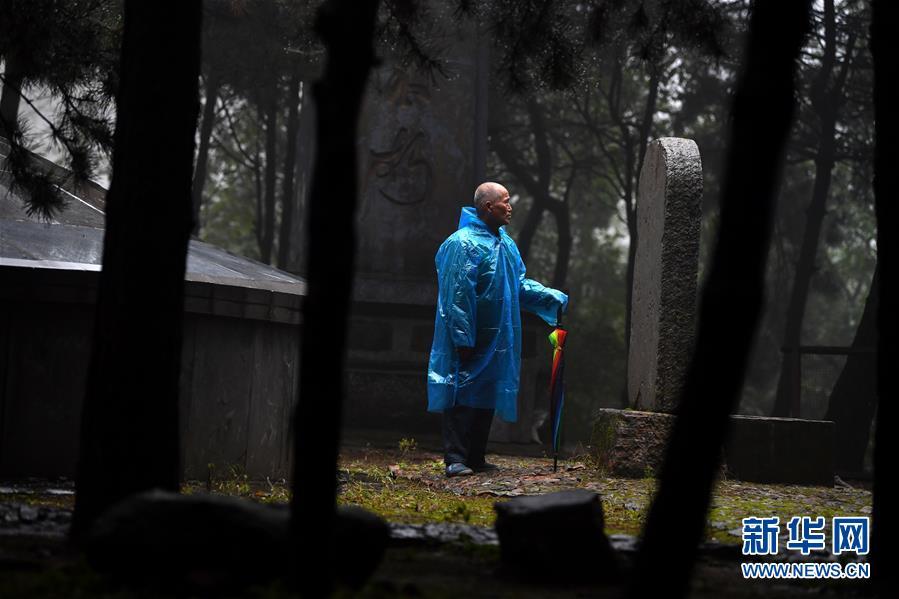
Zhao Naitang,73, works at the Huangyadong Martyrs Cemetery in Licheng County, North China’s Shanxi Province, Sept. 18, 2018. Huangyadong used to be an arsenal of the Eighth Route Army and a battlefield during the Chinese People's War of Resistance against Japanese Aggression. Zhao has been the custodian at the cemetery, where 44 martyrs were buried, since 1991. (Photo/Xinhua)
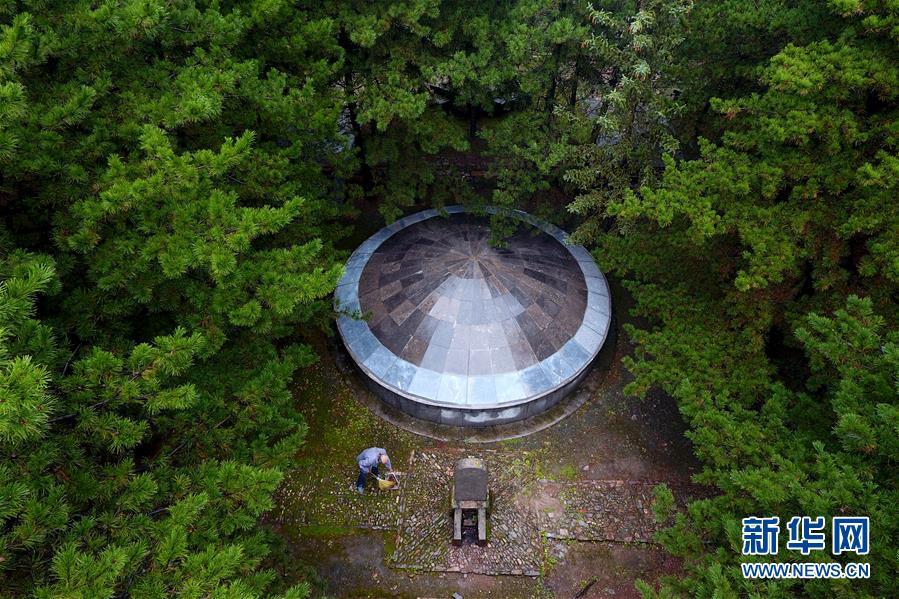
A drone photo shows Zhao Naitang, 73, working at the Huangyadong Martyrs Cemetery in Licheng County, North China’s Shanxi Province, Sept. 19, 2018. Huangyadong used to be an arsenal of the Eighth Route Army and a battlefield during the Chinese People's War of Resistance against Japanese Aggression. Zhao has been the custodian at the cemetery, where 44 martyrs were buried, since 1991. (Photo/Xinhua)
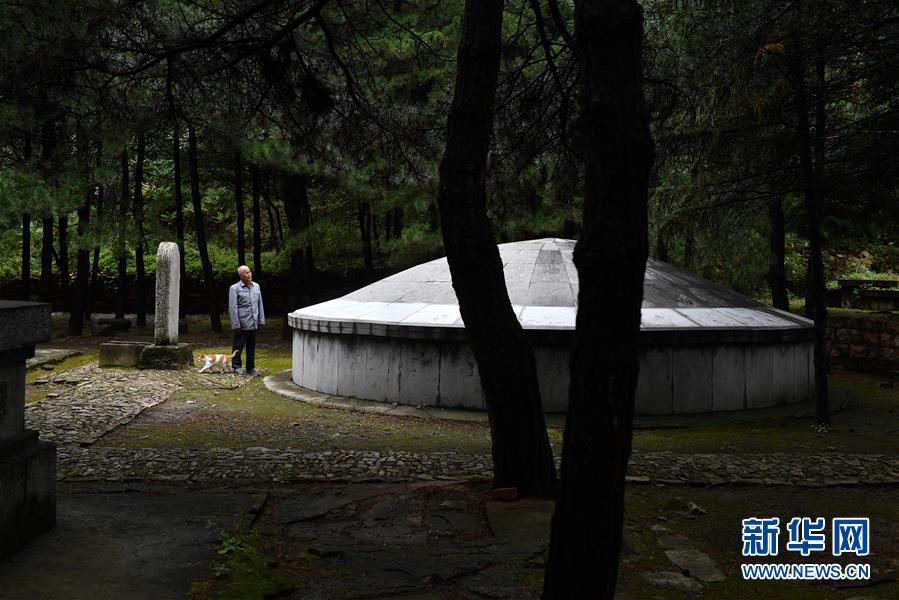
Zhao Naitang, 73, works at the Huangyadong Martyrs Cemetery in Licheng County, North China’s Shanxi Province, Sept. 20, 2018. Huangyadong used to be an arsenal of the Eighth Route Army and a battlefield during the Chinese People's War of Resistance against Japanese Aggression. Zhao has been the custodian at the cemetery, where 44 martyrs were buried, since 1991. (Photo/Xinhua)
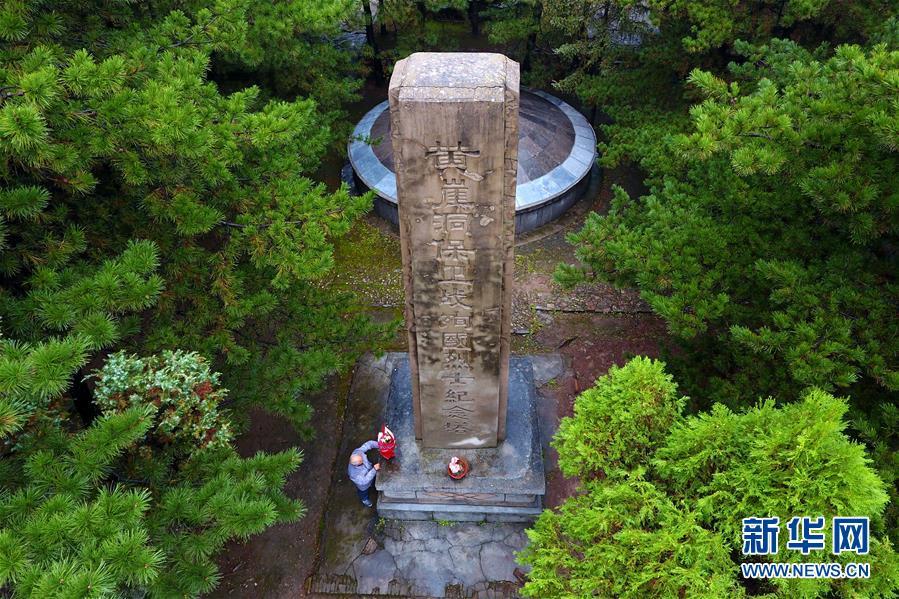
A drone photo shows Zhao Naitang, 73, working at the Huangyadong Martyrs Cemetery in Licheng County, North China’s Shanxi Province, Sept. 19, 2018. Huangyadong used to be an arsenal of the Eighth Route Army and a battlefield during the Chinese People's War of Resistance against Japanese Aggression. Zhao has been the custodian at the cemetery, where 44 martyrs were buried, since 1991. (Photo/Xinhua)
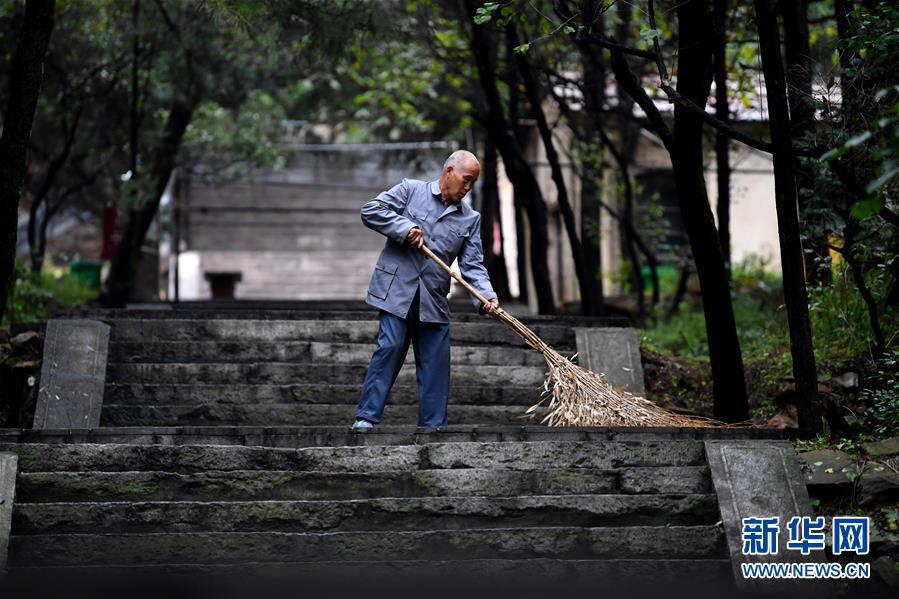
Zhao Naitang, 73, works at the Huangyadong Martyrs Cemetery in Licheng County, North China’s Shanxi Province, Sept. 20, 2018. Huangyadong used to be an arsenal of the Eighth Route Army and a battlefield during the Chinese People's War of Resistance against Japanese Aggression. Zhao has been the custodian at the cemetery, where 44 martyrs were buried, since 1991. (Photo/Xinhua)

Zhao Naitang, 73, picks green beans to cook lunch for himself at the Huangyadong Martyrs Cemetery in Licheng County, North China’s Shanxi Province, Sept. 19, 2018. Huangyadong used to be an arsenal of the Eighth Route Army and a battlefield during the Chinese People's War of Resistance against Japanese Aggression. Zhao has been the custodian at the cemetery, where 44 martyrs were buried, since 1991. (Photo/Xinhua)
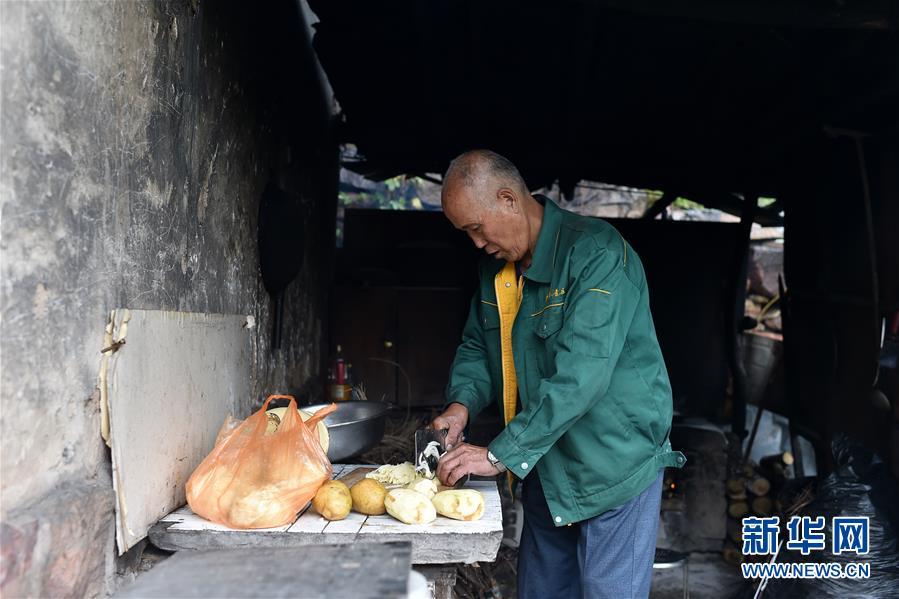
Zhao Naitang, 73, cooks lunch for himself at the Huangyadong Martyrs Cemetery in Licheng County, North China’s Shanxi Province, Sept. 18, 2018. Huangyadong used to be an arsenal of the Eighth Route Army and a battlefield during the Chinese People's War of Resistance against Japanese Aggression. Zhao has been the custodian at the cemetery, where 44 martyrs were buried, since 1991. (Photo/Xinhua)
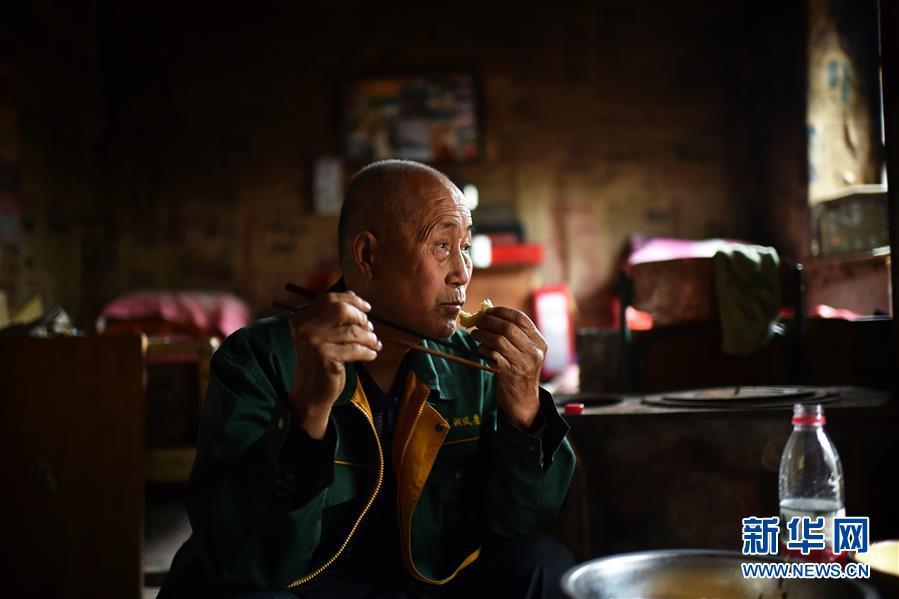
Zhao Naitang, 73, has lunch at the Huangyadong Martyrs Cemetery in Licheng County, North China’s Shanxi Province, Sept. 18, 2018. Huangyadong used to be an arsenal of the Eighth Route Army and a battlefield during the Chinese People's War of Resistance against Japanese Aggression. Zhao has been the custodian at the cemetery, where 44 martyrs were buried, since 1991. (Photo/Xinhua)
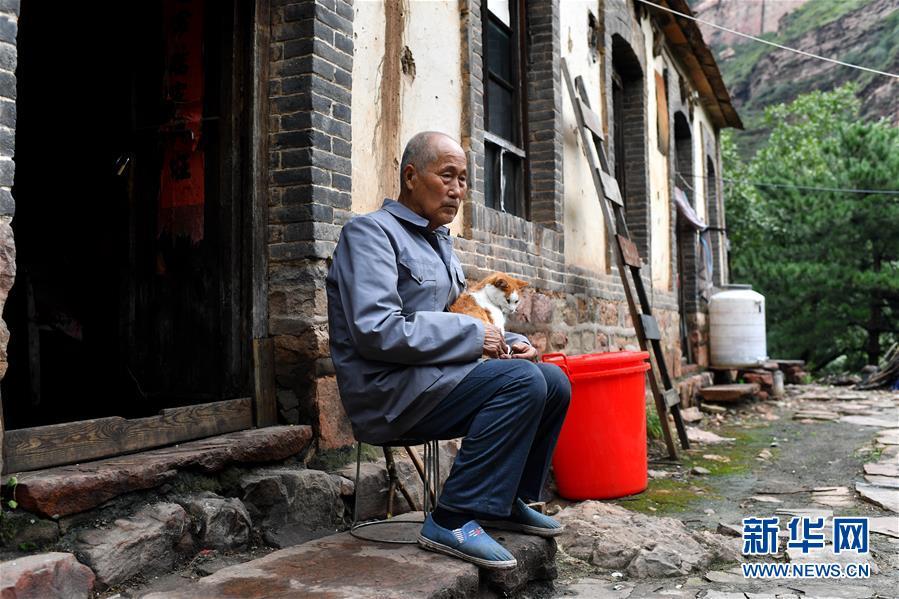
Zhao Naitang, 73, takes a break at the Huangyadong Martyrs Cemetery in Licheng County, North China’s Shanxi Province, Sept. 20, 2018. Huangyadong used to be an arsenal of the Eighth Route Army and a battlefield during the Chinese People's War of Resistance against Japanese Aggression. Zhao has been the custodian at the cemetery, where 44 martyrs were buried, since 1991. (Photo/Xinhua)











